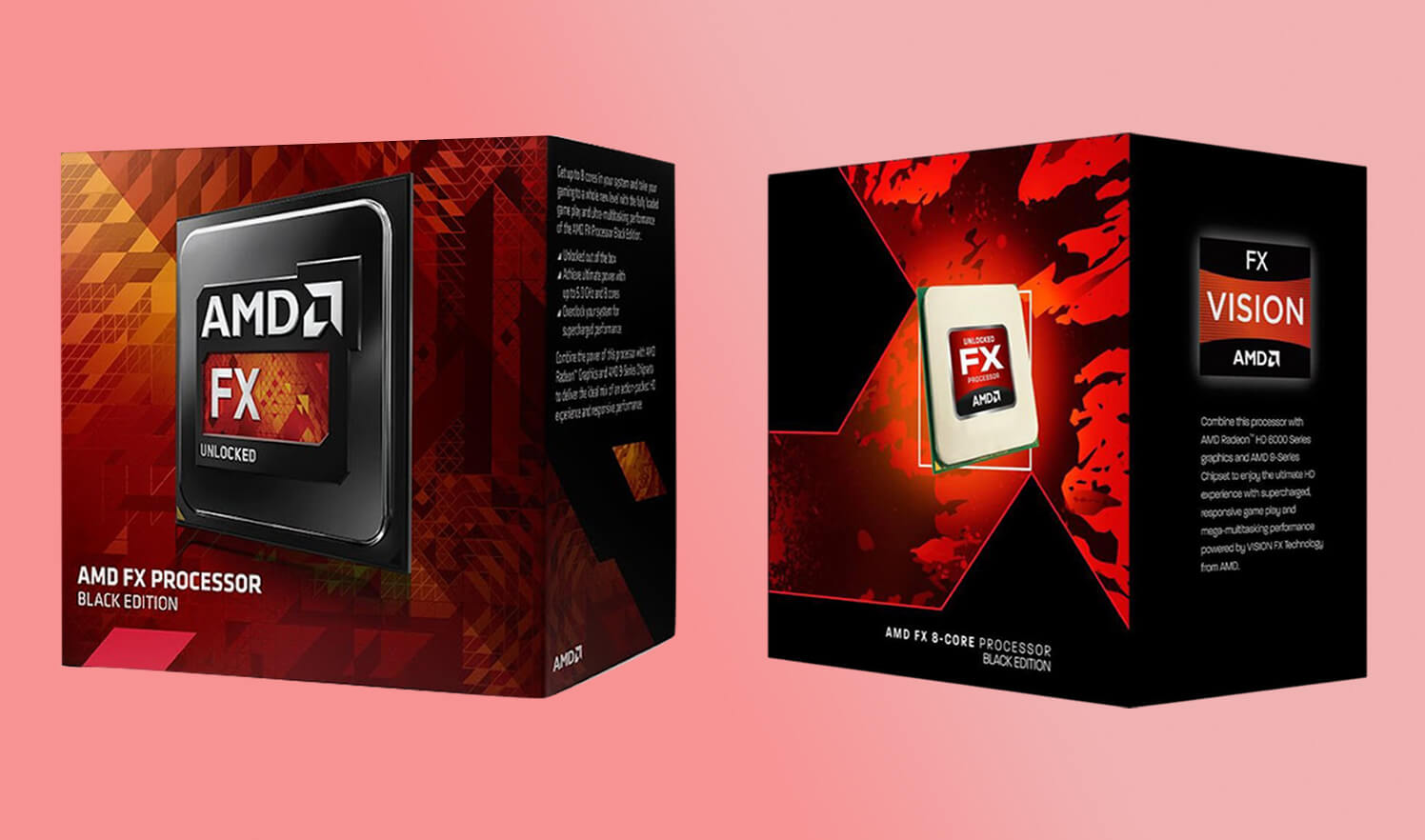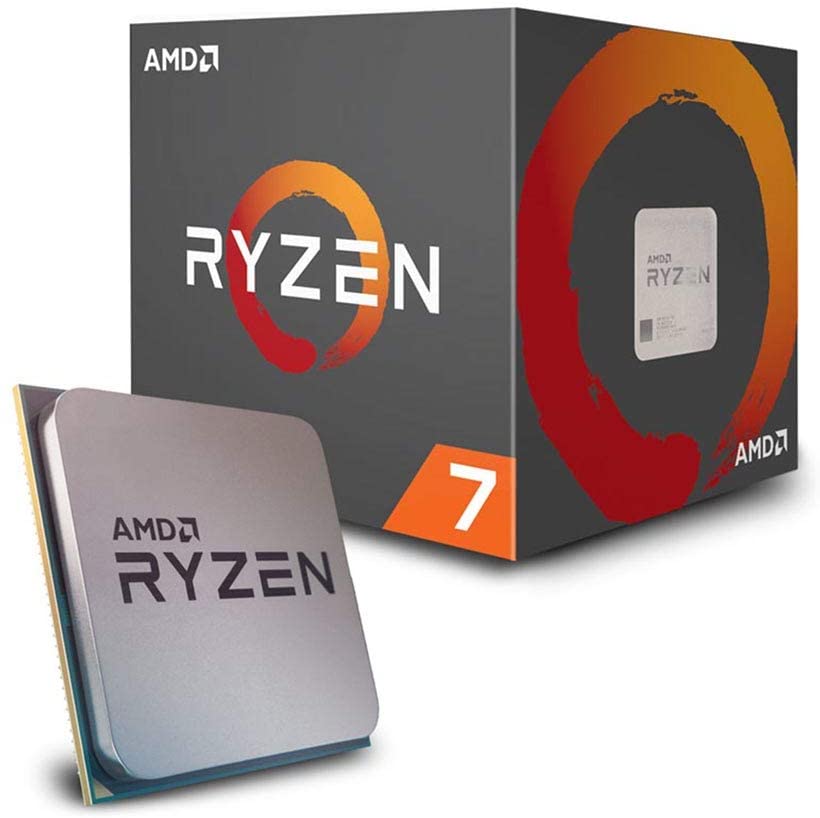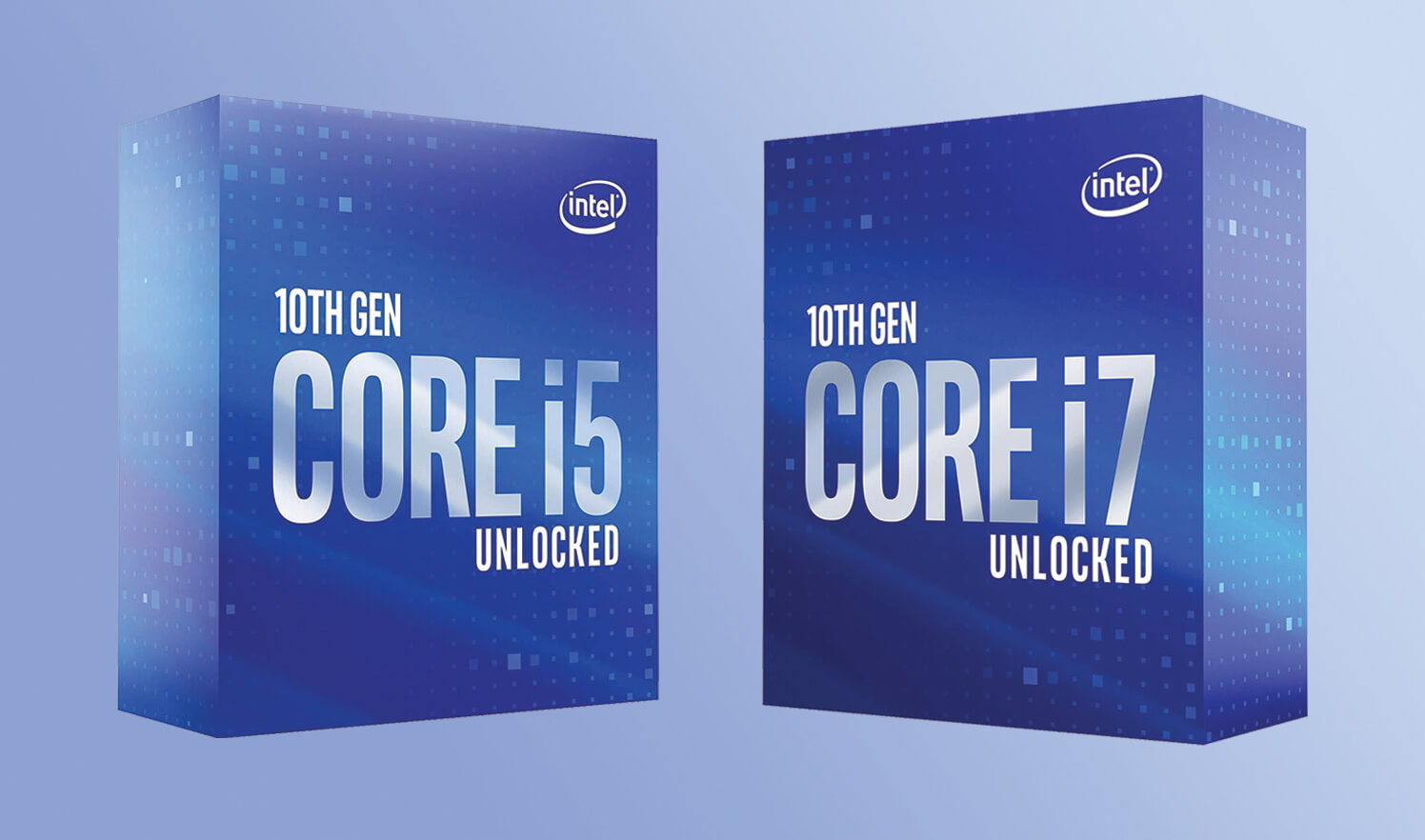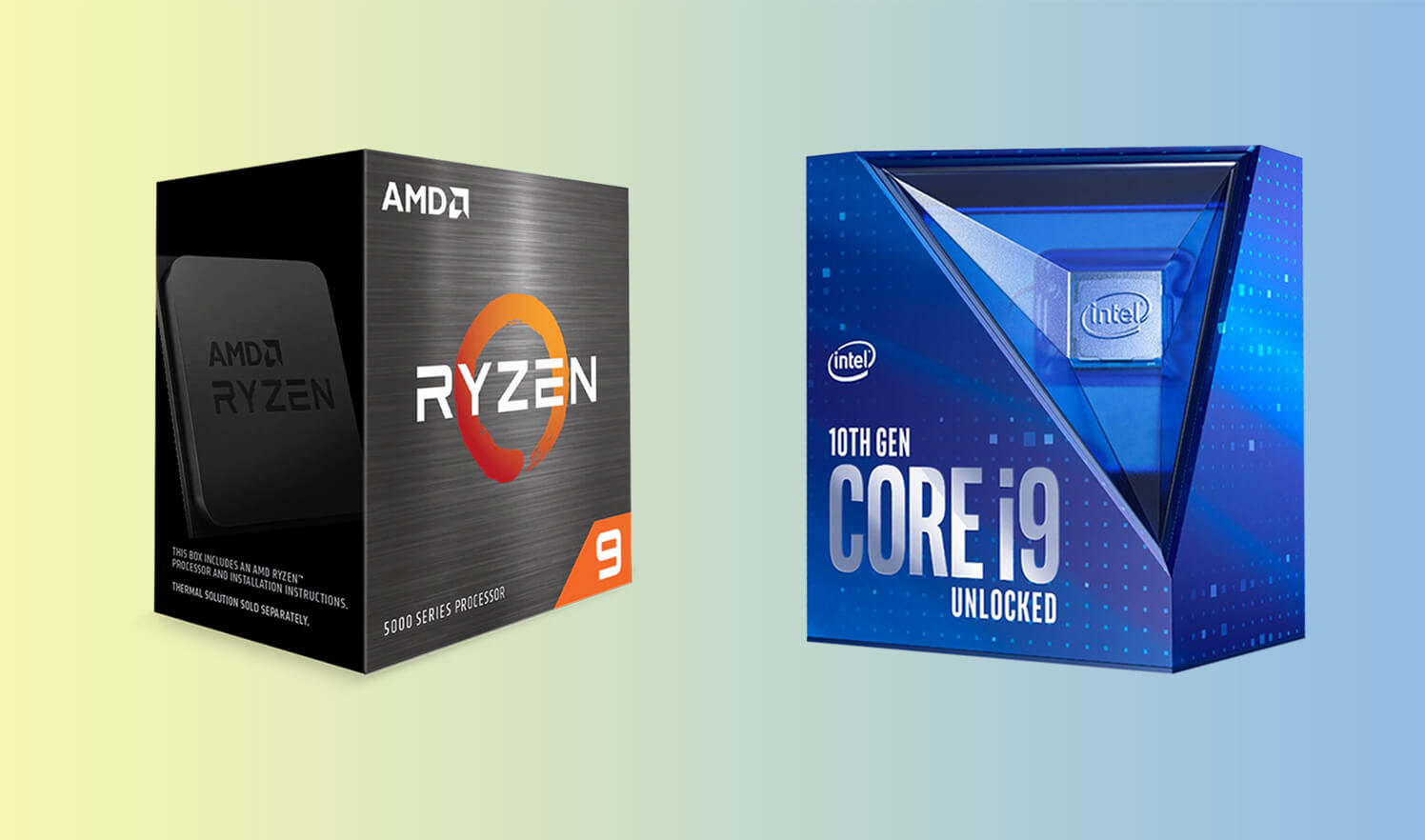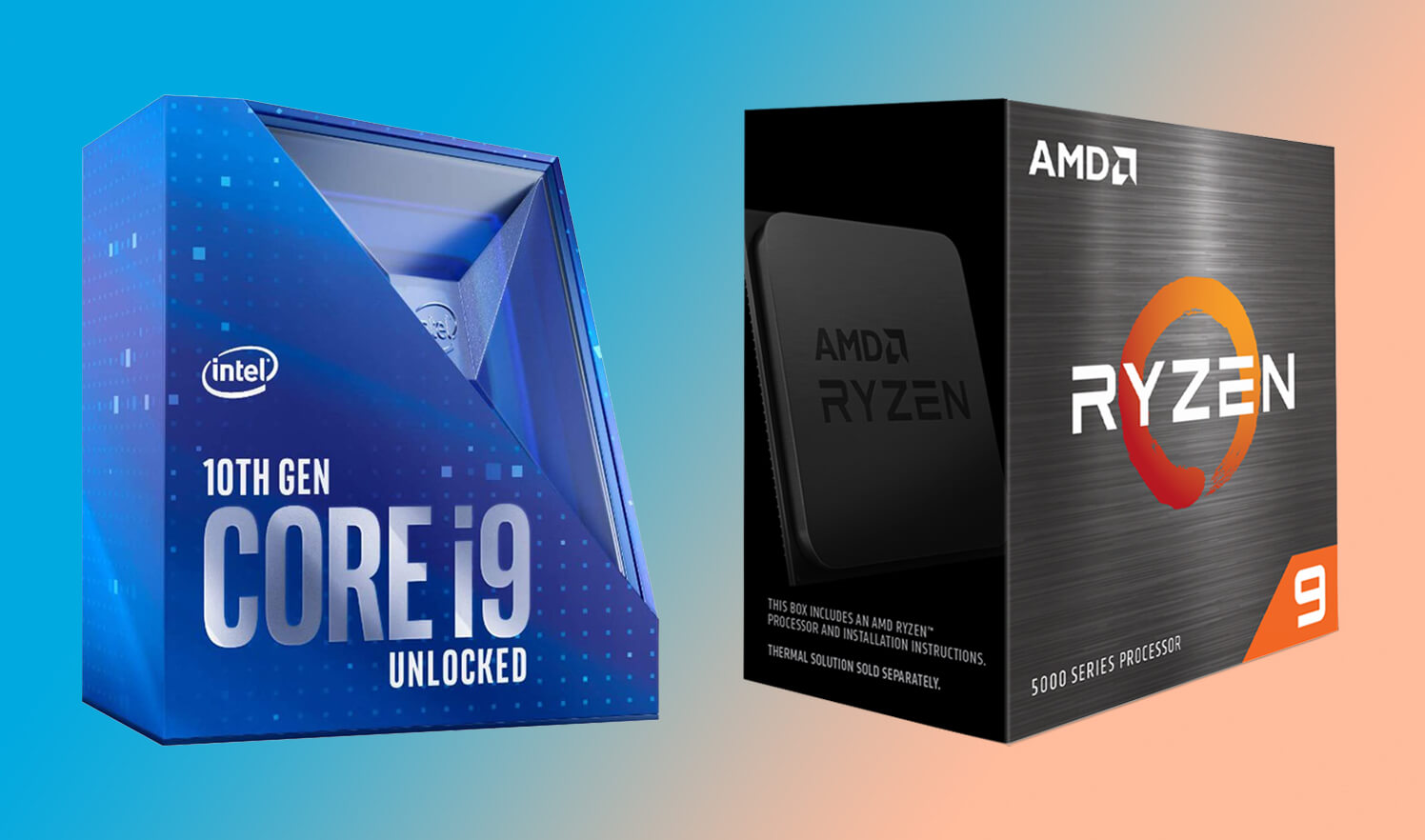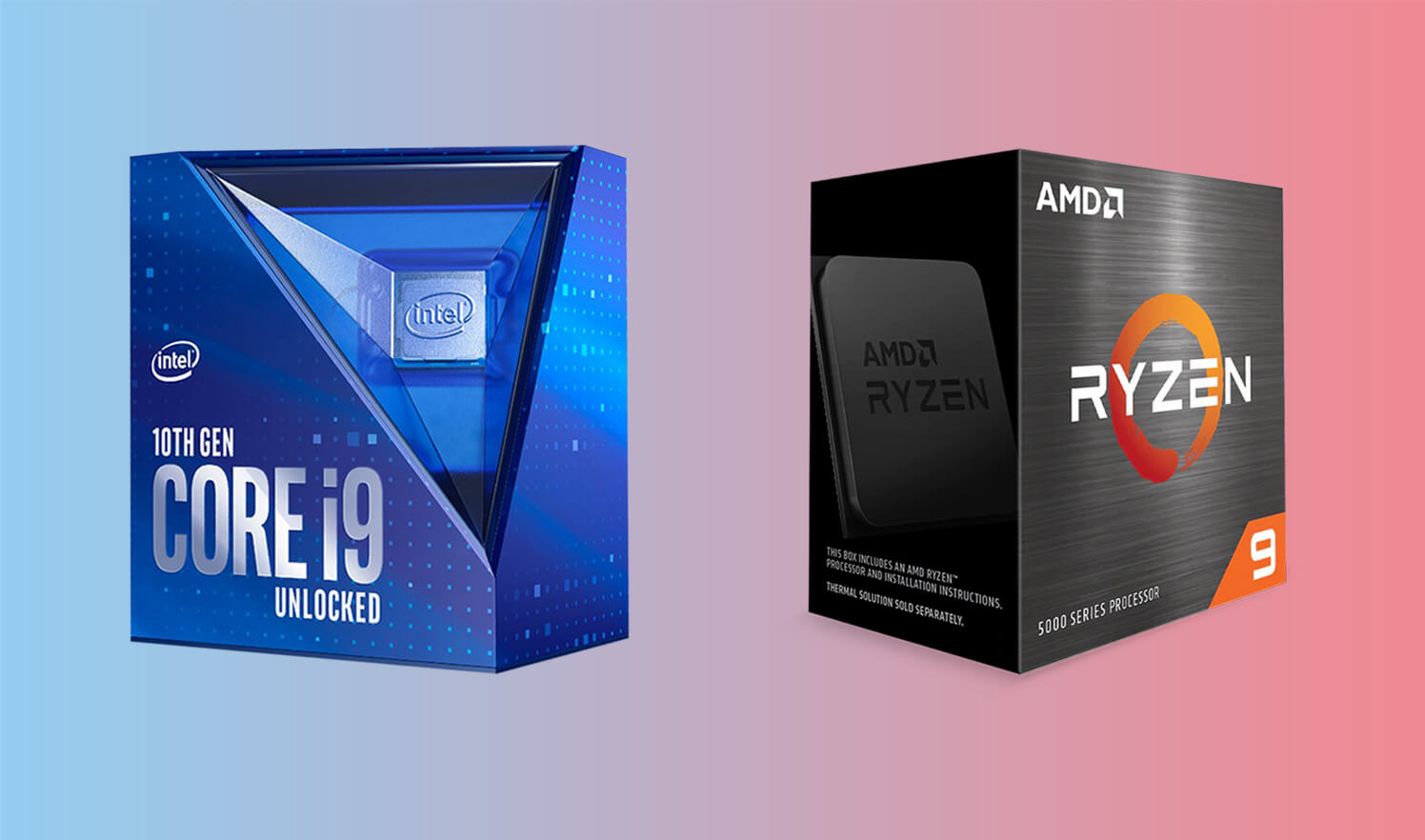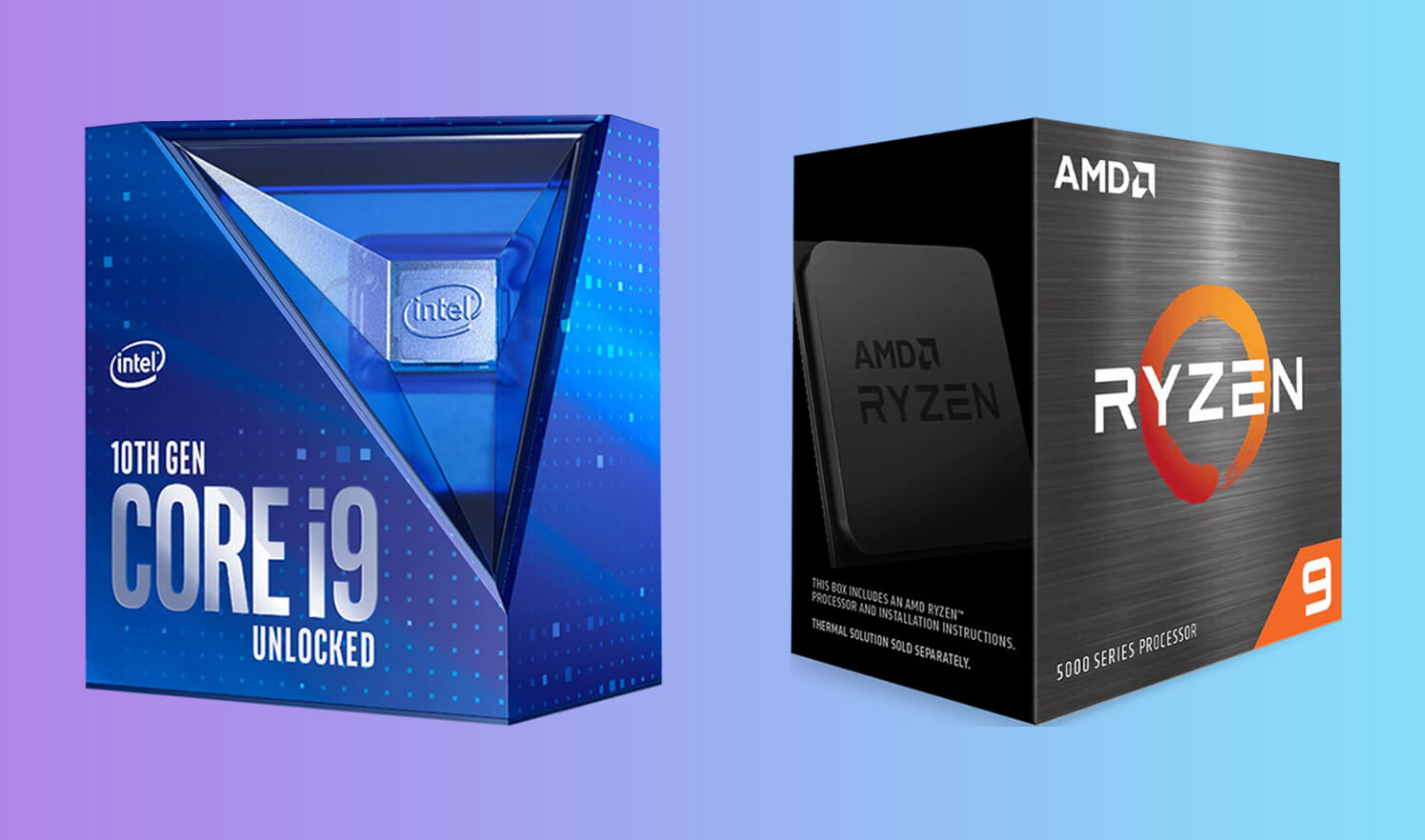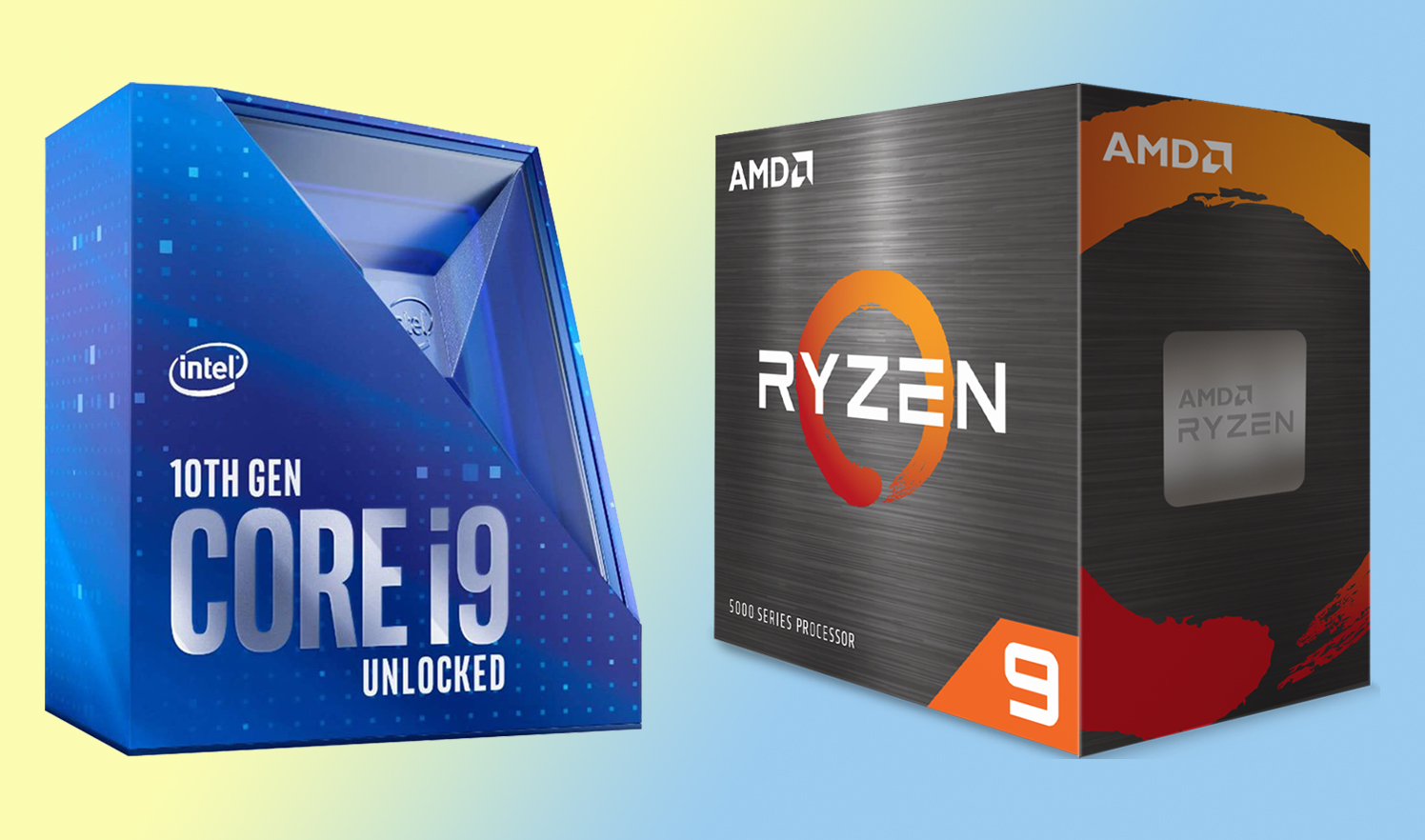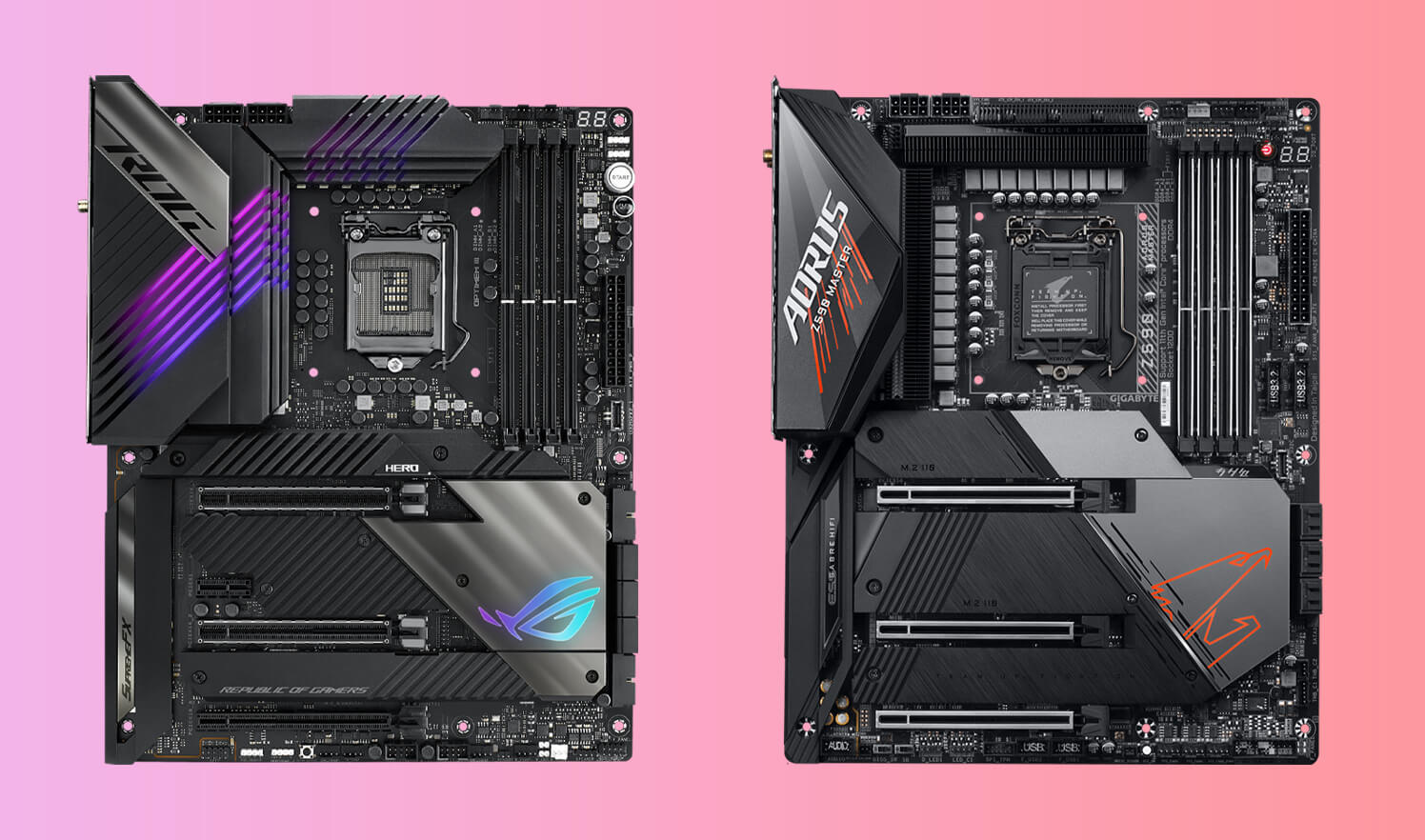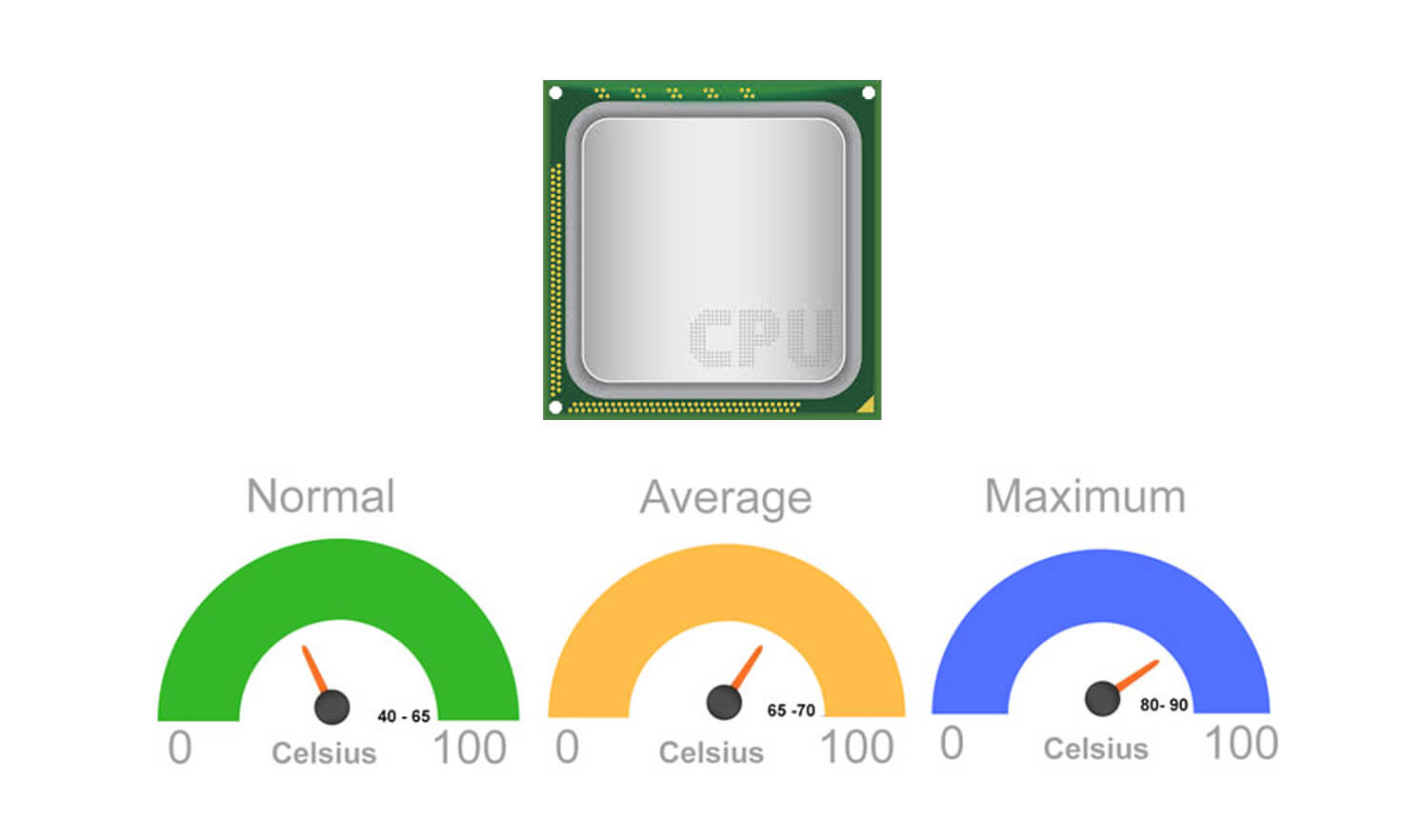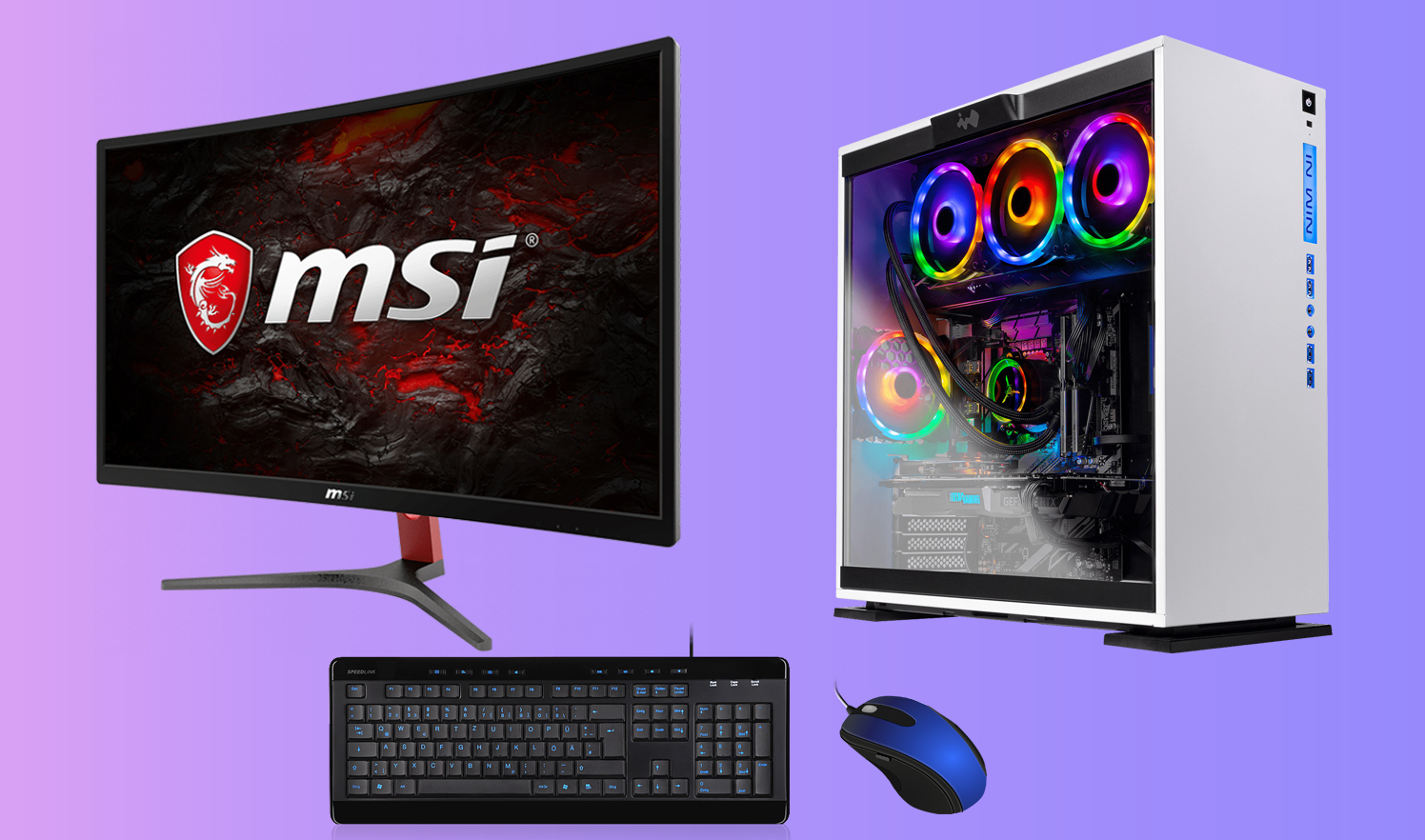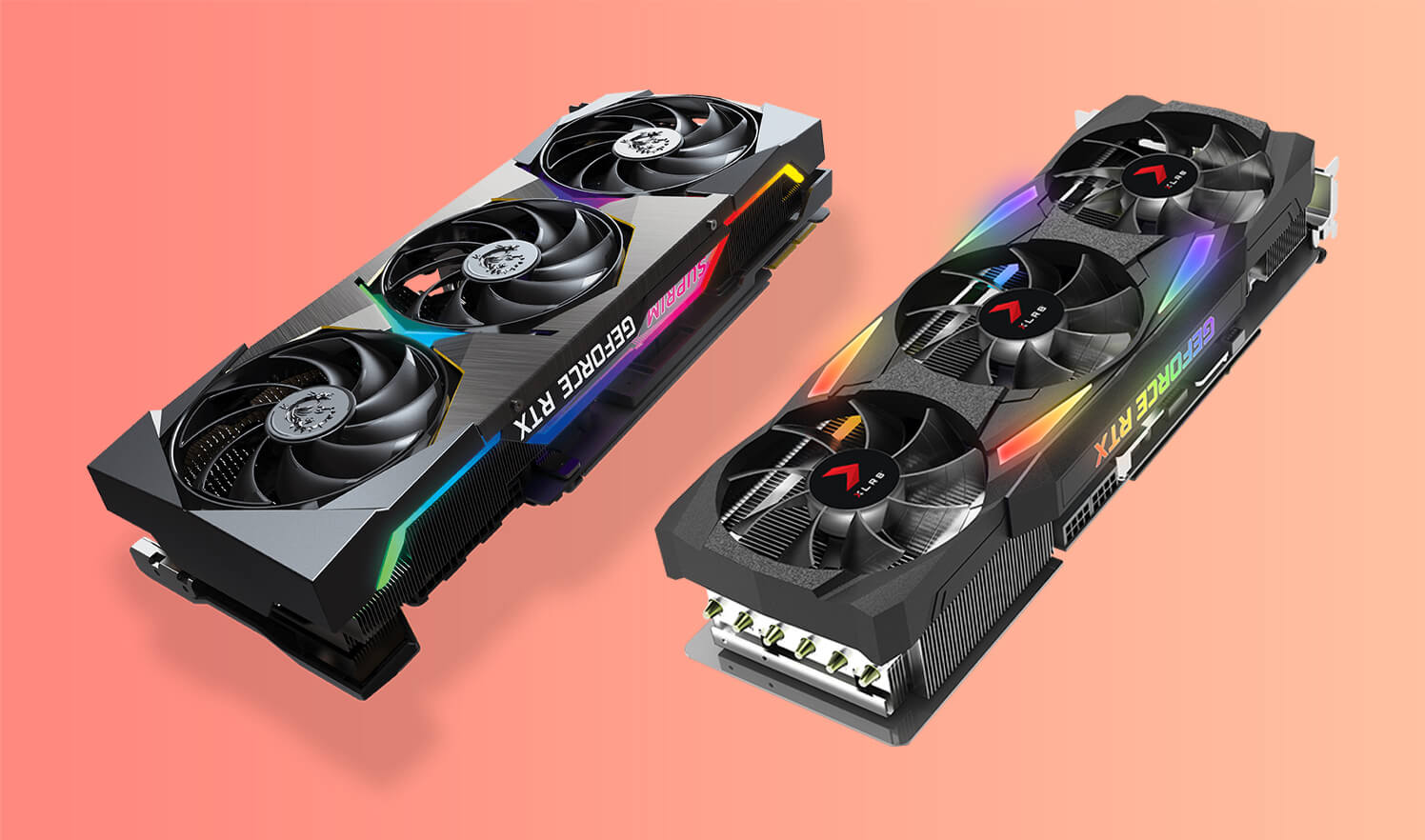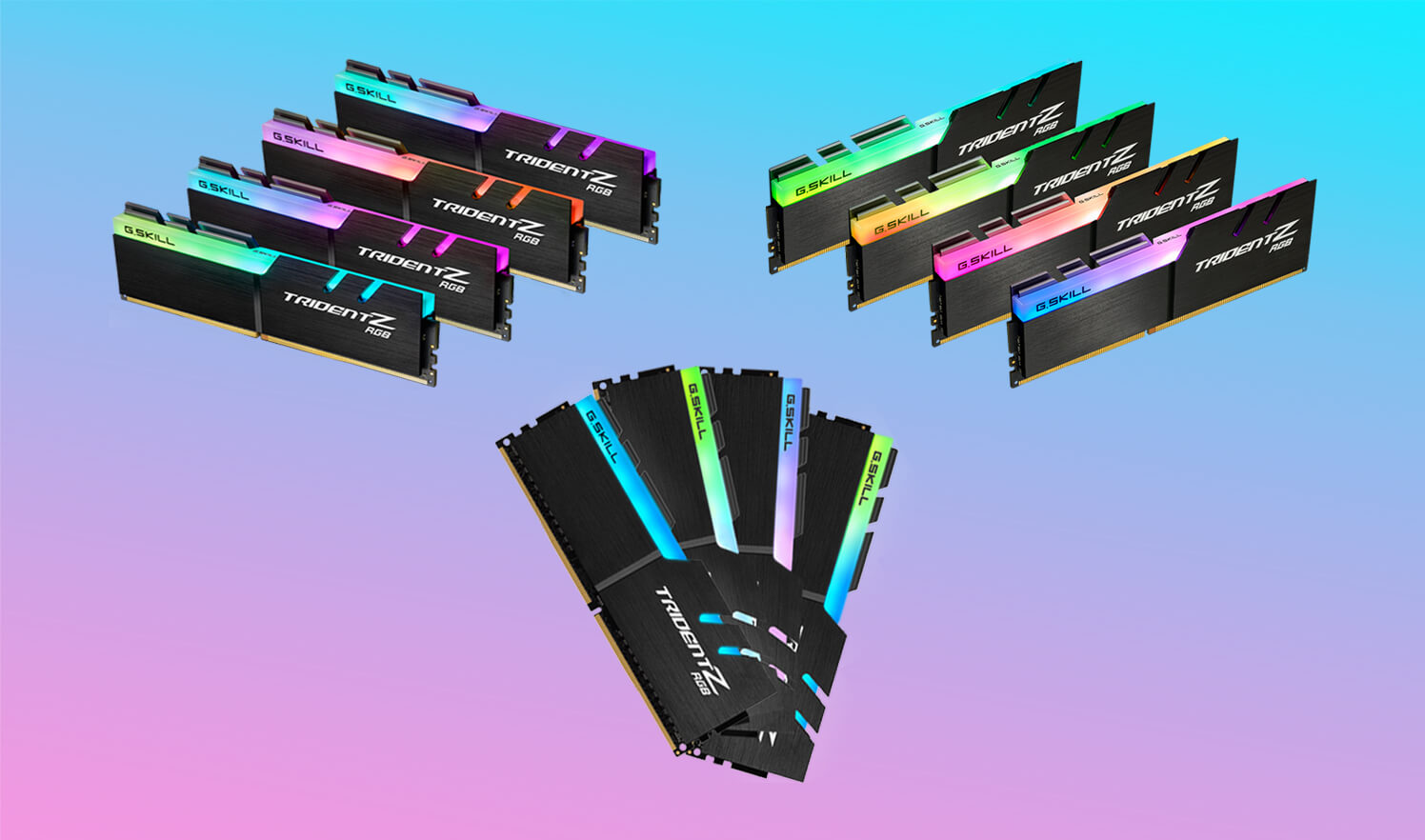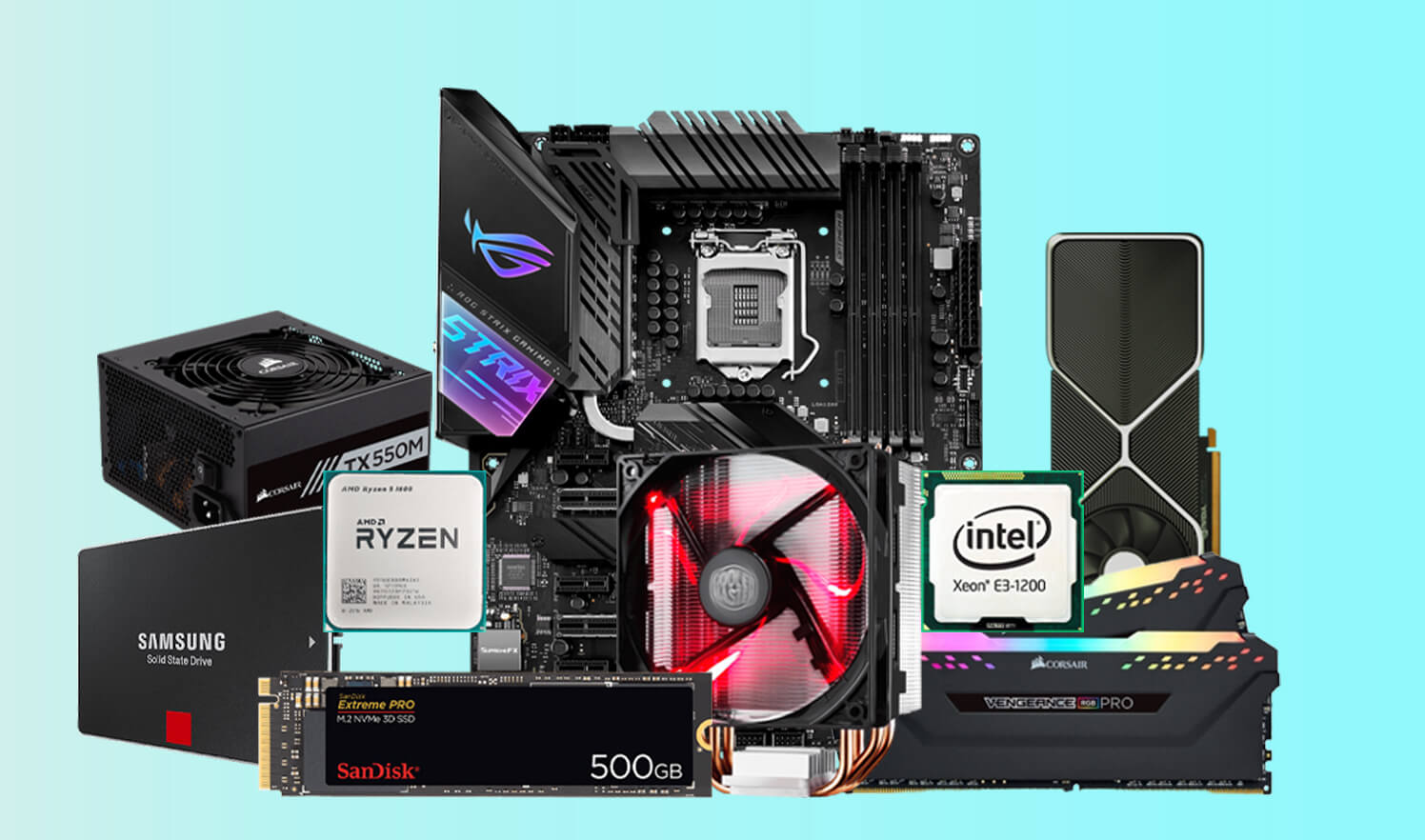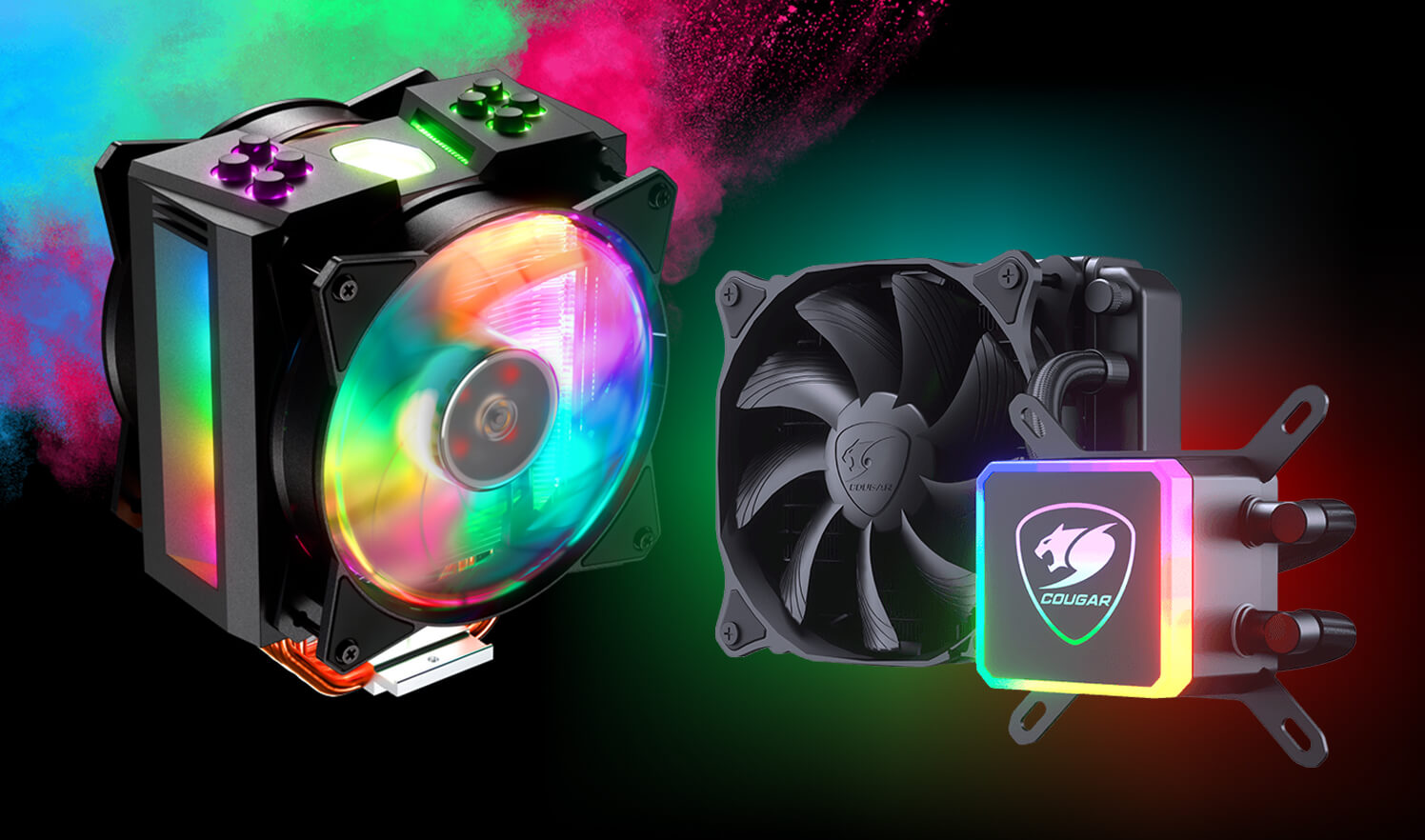Everything you watch on your display screen belongs to the graphics card’s performance because it is responsible for rendering the graphics result on your display screen. The graphics card is also perceived as a graphics adapter, graphics controller, graphics accelerator card, or graphics board installed in most computing devices. It displays graphical data with immense clarity, color, definition, and a compelling overall presentation. The most straightforward answer to the question What is a Graphics Card? A specialized electronic circuit renders a high-quality visual display by processing and executing graphical data applying advanced graphic techniques, features, and functions.
It also possesses a dedicated heat sink to keep the heat out of the GPU like most processors. It facilitates 3-D images, image rasterization, a more distinguished pixel ratio, a more comprehensive range of colors, and numerous other things. Besides, a graphics card holds various expansion ports and multiple monitor connectivity. A graphics card can be integrated with the motherboard or be combined as an extension card. Typically, the graphics card is made in an expansion board and inserted into an expansion slot, universal or specialized.
As you know well, the graphics card is a memory specially assigned for graphics or image processing. So possessing a graphic card is a must if you crave to watch HD movies, play high-end games, use design software that necessitates rendering, etc. A robust graphics card will always give better FPS. Graphics cards assist in processing and rendering the image. It won’t affect the input quality to much extent, but if you play several games, do video editing with software that uses the GPU, you’ve got to invest in a sound graphics card. A graphics card converts video data into a high-quality video, so an upgrade in it would help you a lot.
Components:
The modern graphics card consists of four main elements:
1- Graphics Processor
2- Video Memory
3- RAMDAC
4- Driver Software
The graphics processor:
The Graphics Processing Unit or generally known as GPU, is the gist of the Graphics Card. It is the top part of the graphics card where all the graphics processing takes place. Unlike a CPU with barely 2 – 16 cores, a GPU processor contains hundreds or thousands of small cores or units that run in correspondence to perform complex graphics operations. A graphics processing unit was initially designed to accelerate graphics, and it can process many data concurrently, making them beneficial for machine learning, video editing, and gaming applications. The GPU of your device is so crucial chiefly because it makes games run more efficiently. It makes the visuals prominent with higher resolution graphics and improved framerates, or how many frames per second at which the game operates.
Video Memory:
VRAM (video RAM) refers to any random access memory (RAM) used to save image data for a computer. Video memory capacity ranges from 2GB to 32GB and even more significant in modern times. Since the video memory needs to be accessed by the display circuitry and the GPU, it typically uses high-speed or multi-port memory. VRAM is the portion of RAM that is dedicated explicitly to processing graphics-related tasks. VRAM helps to ensure that the display of graphics is executed smoothly and evenly. System RAM is renowned for loading and running programs, but when you need graphics power, VRAM is off the hook. VRAM is the memory used to store image data that the computer shows; it serves as a buffer between the CPU and the graphic card.
RAMDAC (RAM digital-to-analog converter):
The RAMDAC is a RAM chip that turns digital signals to analog signals for computer displays that use analog inputs like CRT (cathode ray tube) displays. Since digital computer displays have become more successful, the RAMDACs are beginning to vanish from video cards. The SRAM part of the RAMDAC comprises a color palette table. Color number in the digital data input to SRAM is used to produce three distinct values from the table. Those are output to one of three digital-to-analog converters. The analog signal output from the converter is input straight to the display electron guns or other image projecting devices.
The driver software:
Drivers describe and expose the unique features of each device to the operating system that they are running. A graphics driver is the software that enables your operating system and programs to handle your computer’s graphics hardware. If you want to get maximum graphics results from your PC, you must keep your graphics card up to date to boost your enthusiasm. If you have older graphics hardware, be sure to correct it. Manufacturers eventually move older hardware to a steady driver release that they stop optimizing and renewing. If your graphics hardware is five years old, likely, optimized drivers for it are no longer being delivered.
How does it work?
The computer decides what to do with millions of pixels to create an image. To do this, a translator must take binary data from the CPU and turn it into a picture you can perceive. Except if a computer has graphics capability built into the motherboard, that translation takes place on the graphics card.
A graphics card’s job is complicated, but its principles and components are easy to get. The CPU, working in combination with software applications, conveys information about the image to the graphics card. It sends that data to the monitor by a cord. To make a 3-D image, the graphics card generates a wireframe out of straight lines. Then, it rasterizes the image and adds brilliance, texture, and color. For fast-paced games, the computer has to go through this method about sixty times per instant. Without a graphics card to perform the necessary calculations, the workload would be excessive for the computer to handle.
Types:
GPUs come in two primary forms:
An integrated GPU: It is constructed into the motherboard and cannot be updated or replaced. You’ll find this in laptops and low-priced desktop PCs. They have average performance and don’t perform exceptionally fine for games or expert graphics production. But on a moderate level, the most special privilege of a dedicated GPU is performance. A graphics card has a refined computer chip designed explicitly for processing video, the GPU. It also has dedicated RAM for the job.
A discrete GPU: It is fixed on a graphics card that slips into a computer’s expansion slot on the motherboard and is replaceable. It can be upgraded as more latest graphics cards are developed and help keep a PC up-to-the-minute. Discrete graphics have their dedicated memory and are not shared with the CPU. Discrete graphics utilize more power and generate too much heat. Nevertheless, since discrete graphics have their memory source and power source, it provides more polished performance than integrated graphics.
Conclusion
We have briefly described What is a Graphics Card and what are its functions? Now it’s time to sum up with some final words; the graphics cards are uniquely designed to increase the rendering of 3D graphics. They are getting handier, efficient, and adaptable to the outcome of their capabilities day by day. These graphics cards serve to turn out enthralling visual effects and create more enchanting scenes with unprecedented lighting methods and ray-tracing. As far as light tasks are regarded, like ordinary gaming and word processing, the integrated GPUs are most appropriate. But if you want to perform complex tasks like graphic designing, video editing, high-end gaming, and 3D GPU rendering, you should opt for discrete or dedicated GPU. It is not equipped with your CPU but available on its separate circuit board, later joined to the motherboard’s PCIe slot.
A graphics card is fundamentally designed to remove the graphical processing duties from the processor or RAM. It incorporates a dedicated GPU and RAM that help it to process visual data swiftly. It is accountable for rendering images to the display. High-end GPUs are used for gaming, ray tracing, and graphics production. Your laptop won’t be sluggish and show zero performance if it doesn’t have a graphic card. But, graphic cards add to the quality and intensity. They arrive in various kinds - for regular users, high-level games, software developers, etc., and their memory is measured in RAM. If you’re not an earnest gamer or application developer, the likelihoods are that you might work well with significant the inbuilt graphics controller. It is used to intensify a computer’s graphics. But, if you desire to use the laptop for web designing, you’ll require a high memory graphic card for that.
